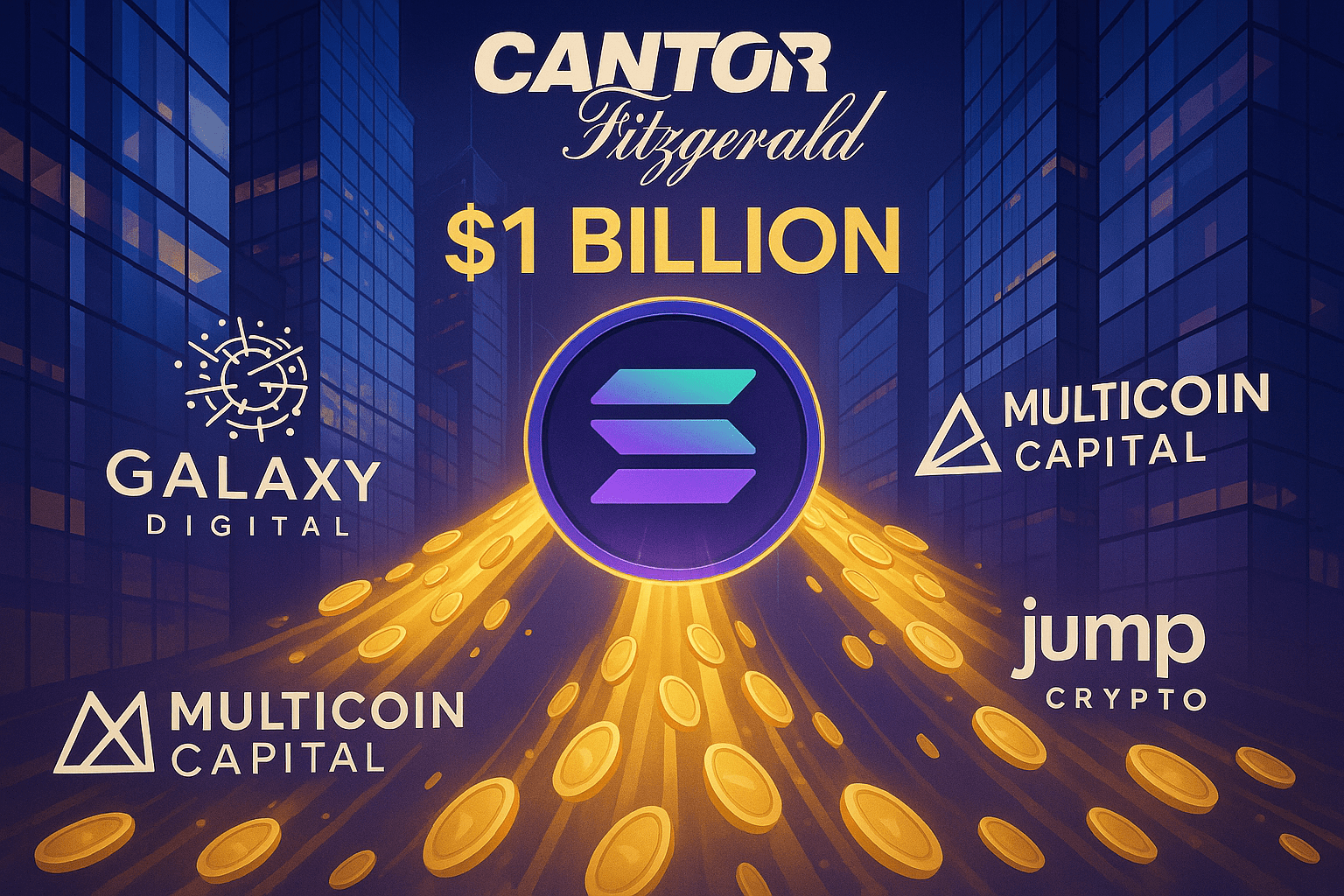
Solana has recently been in the spotlight. Top venture capital firms like Galaxy Digital, Multicoin Capital, and Jump Crypto are raising a special fund of $1 billion specifically to invest in the Solana ecosystem. Meanwhile, the publicly listed company Sharps Technology has also announced a $400 million funding round to establish a SOL treasury. It is rare in crypto history to see so much capital simultaneously optimistic about a public chain.
Why Solana? This question deserves deep thought. It’s important to note that Ethereum remains the absolute king, with the largest developer community and the richest ecosystem. But it is precisely Ethereum's success that gives Solana an opportunity. Ethereum is too expensive, with transaction fees often reaching dozens of dollars, making it unaffordable for ordinary users. In contrast, Solana's transaction costs are almost negligible, and its speed is astonishing.
From a technical perspective, Solana indeed has its unique strengths. Its historical proof mechanism is very innovative, theoretically capable of processing 65,000 transactions per second. This performance is simply heaven for high-frequency applications like gaming and social media. Just think, if playing a game on-chain costs several dollars in fees for each action and takes a few minutes to confirm, who would still want to play?
Of course, Solana is not without its problems. Over the past year, the network has experienced several outages, each triggering market panic. What does this indicate? It shows that its technology is not mature enough and may collapse in extreme situations. For a public chain that is supposed to carry hundreds of billions of dollars in value, this is a fatal weakness.
But capital clearly believes these issues can be resolved. A billion dollars can do a lot; it can attract top developers, fund infrastructure development, and incubate killer applications. More importantly, this money will create a demonstration effect, attracting more capital and talent into the Solana ecosystem.
This reminds me of the 'public chain war' from back in the day. At that time, EOS, Tron, and NEO all claimed to be 'Ethereum killers', but what happened? Most of them have vanished. However, this time might be different, as the market is large enough to accommodate multiple public chains coexisting. Ethereum may continue to focus on high-value DeFi and NFTs, while Solana targets high-frequency, low-value application scenarios.
For investors, this is a trend worth paying attention to. The competition in the public chain arena is far from over; it may have only just begun. In addition to Solana, there are new contenders like Avalanche and Aptos eyeing the space. It is still too early to conclude who will ultimately prevail. But one thing is certain: this competition will drive technological advancements across the industry, and in the end, all users will benefit.




